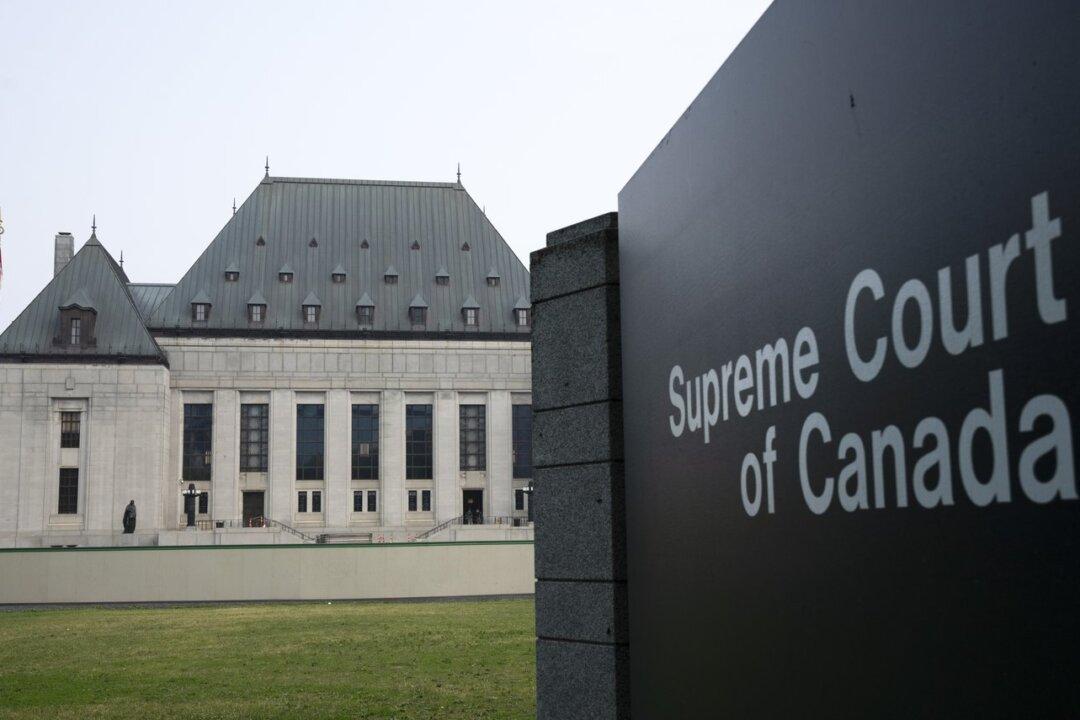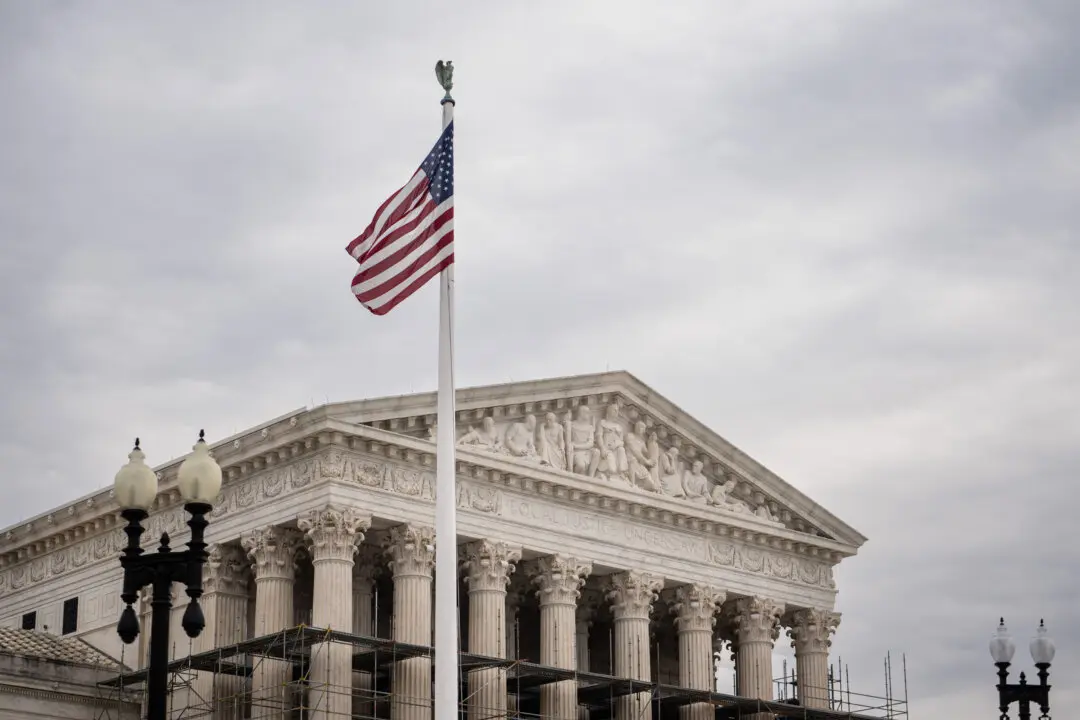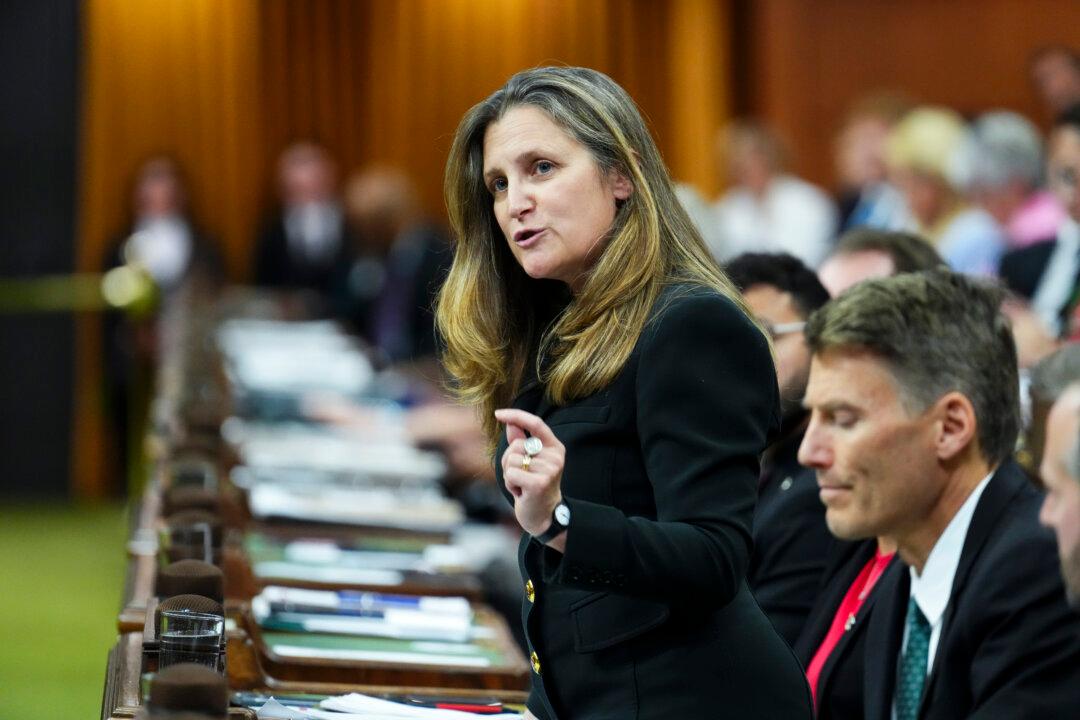Religion’s place in the public space has been put in question recently, both by the cancelling of a Jewish Menorah and nativity scene in Moncton and the military banning chaplains from public prayer.
In both cases, authorities have cited a 2015 decision by the Supreme Court to justify their actions. In both cases also, public backlash forced the authorities to reconsider the moves they said were meant to foster more “inclusion.”





